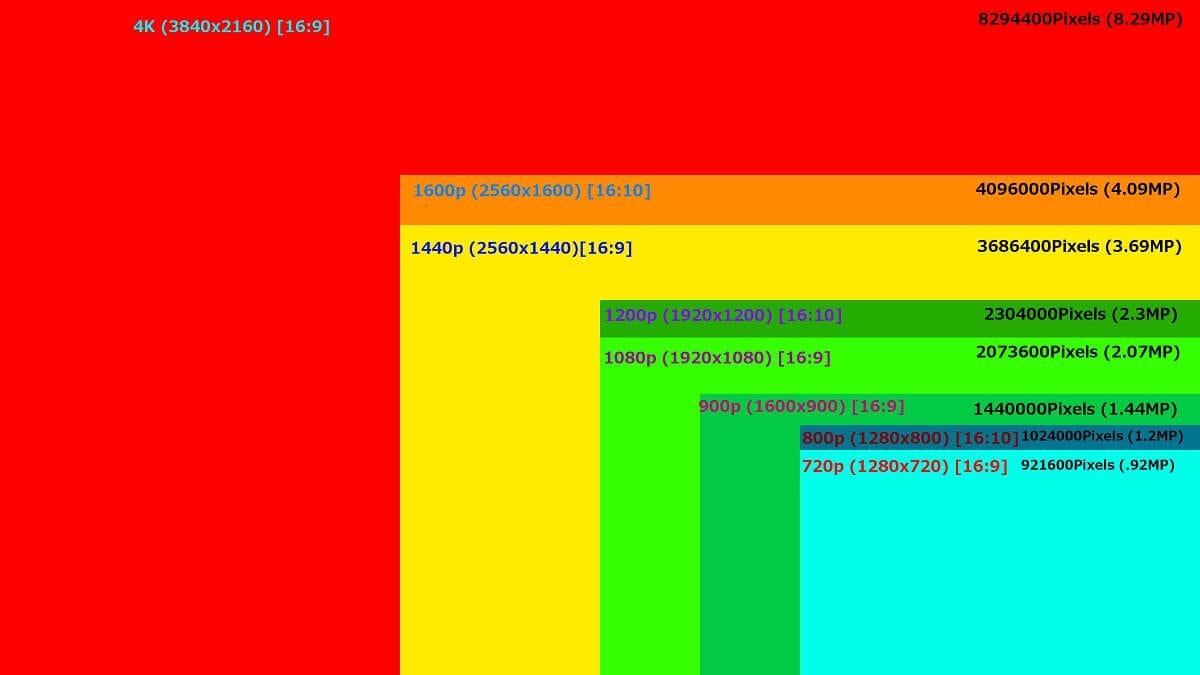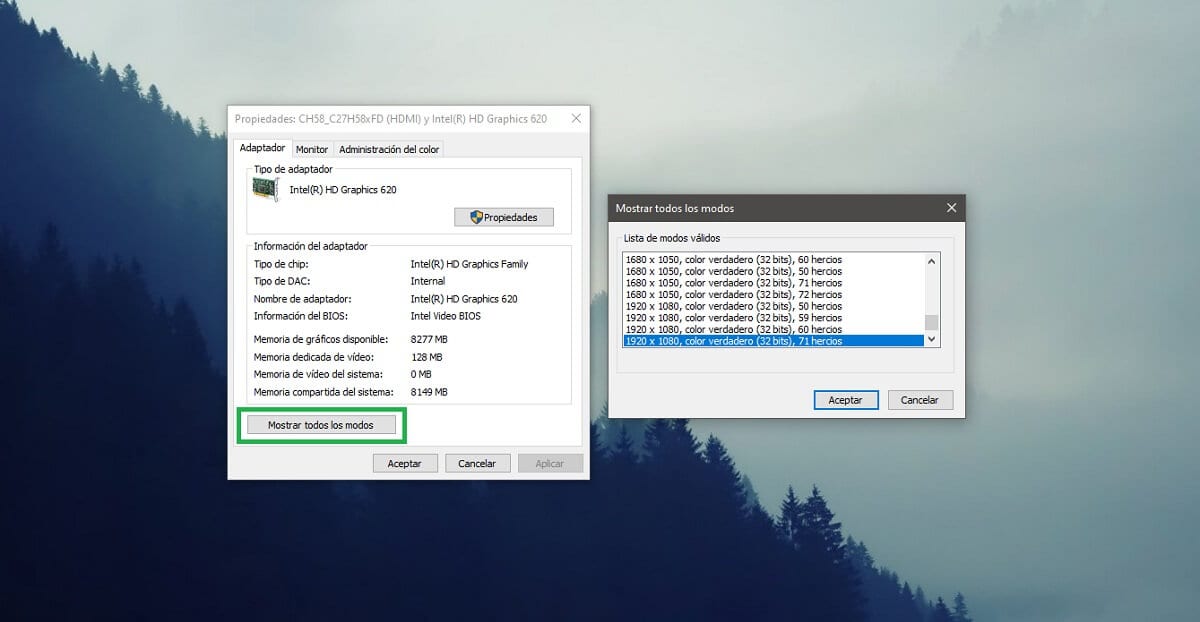
Screen Resolutions
Especially if you have recently connected your Windows computer to a new external screen, you have changed your computer monitor, or if you have updated any of your drivers, you may see that the resolution with which it is displayed is not adequate. Rather, it is inferior and makes it look unclear.
This can be solved in a simple way, taking into account that if you access the Windows configuration you will be able to find a series of sections dedicated exclusively to screen topics, and where you will also have a drop-down with the resolutions that adapt to your screens. However, the problem comes when the desired resolution is not found among these resolutions, or when the value cannot be changed.
How to manually choose screen resolution in Windows
As we mentioned, this tutorial only applies to those cases in which, by accessing the Windows screen settings, it does not appear or it is not allowed to modify the screen resolution option and it has an erroneous value. Similarly, if your computer has dedicated graphics from firms such as Intel, Nvidia or AMD among others, it may be because the options must be modified from your own control panel. Check this first, and if not, follow these steps to choose the ideal settings manually:
- Access the Windows display settings. You can get there quickly by right-clicking on an empty area of the desktop, or from computer settings.
- Go down to the bottom and then choose the option "Advanced display settings". As soon as you do, the current configuration of the screens that you have connected to your computer will appear, and you will be able to choose which one does not have an ideal configuration with the list from the top.

- Select, just below the information, the section "Show X display adapter properties" (being X your display number) and you will be shown the properties box for your display adapter.
- Next, you must click on the button called "Show all modes", and you will see a list with all those compatible with your display adapter.
- Choose the one that is most suitable for your screen. Pay attention because with each resolution different modes will appear, where both the type of color and the refresh rate can vary. It is important that the one you select is the one recommended by the manufacturer of your monitor or projector, since if it is not, quality and performance could be affected.
- Once selected, you just have to click on "Apply" or "OK" and check that the changes are correct. If they are not, you will have a few seconds to rectify and return to the previous mode directly by pressing a button.

The changes are applied once the properties are saved, and you can instantly see if the resolution is adequate or not. Similarly, if it is a major change, it is possible that for a few seconds the screen will flicker or appear black or as no signal, but you should not worry.

On the other hand, it can also happen that, once the steps have been followed, between the modes is not available the one that really should. This can be due to two different reasons:
- Display adapter drivers are not installed: In the event that you have recently reinstalled Windows, or that you have modified a component internally, it is possible that the drivers for your display adapter are missing or not updated. For these cases, what you should do in most cases is access the manufacturer's website, where the corresponding drivers will appear to install.
- Your device does not support the recommended resolution- It may also be the case that due to hardware limitations, such as a not very powerful processor or graphics card, the resolution is too high for your computer. In these cases, you will only have the solution to make a change internally on your computer.